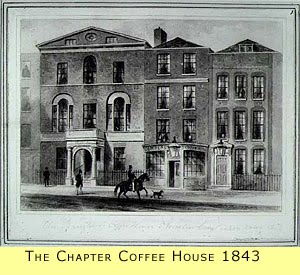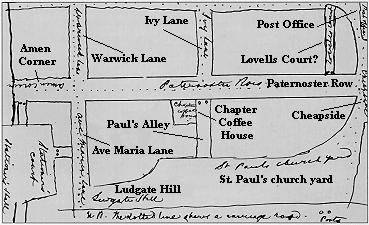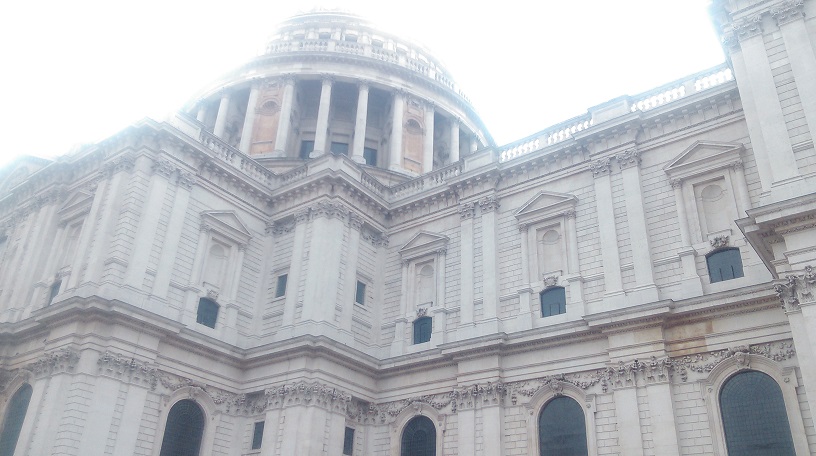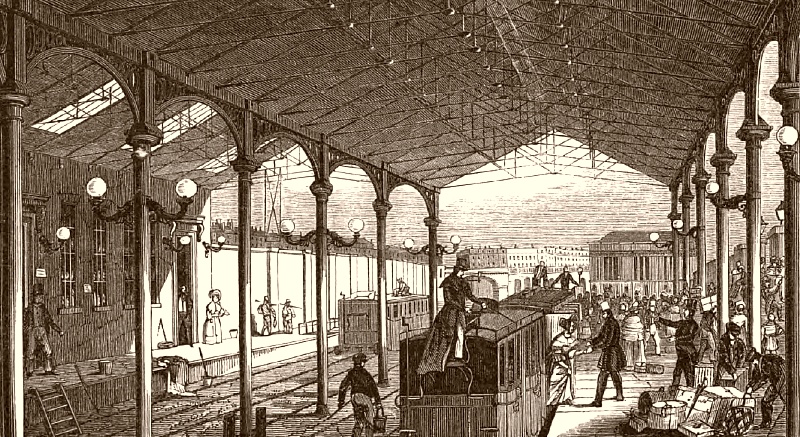When Charlotte and Anne Brontë visited London in July 1848 it changed literary history completely, for two very different reasons. Firstly, it was on this occasion that the sisters threw off their pen name masks and announced that the authors generating so much interest were not the Bell brothers, but the Brontë sisters. Without that moment, and the letter from Anne and Emily’s unscrupulous publisher Thomas Cautley Newby that necessitated their journey to London, it is entirely possible that we may never have known the true identity of the authors of books as great as Jane Eyre, Wuthering Heights and The Tenant Of Wildfell Hall.
Secondly, and rather less triumphantly, it seems very likely that one of the sisters took an unwanted guest back to Haworth Parsonage from London: tuberculosis. It was typically a disease of crowded spaces, and it was rampant in the capital. Within a year of their return from London, tuberculosis (which was relatively rare in Haworth, full of deadly diseases though the village was) had claimed the lives of Branwell, Emily and Anne Brontë.

We know that when they arrived in London, Charlotte and Anne took a cab to the Chapter Coffee House in Paternoster Row, for the simple reason that it was the only place in London that Charlotte knew. In fact, she her sister Emily and father Patrick had stayed at the Chapter Coffee House en route to Belgium six and a half years earlier. We have Reverend Patrick Brontë’s map of the area below. Being in the shadow of St. Paul’s Cathedral it was a perfect lodging house for an ecclesiastical visitor such as he.

A generation or two earlier this same coffee house had also been a famous meeting spot for eighteenth century writers including Samuel Johnson and Thomas Chatterton. It would surely be the site of literary pilgrimages today but for one reason: it’s no longer there.
In 1940 London was under attack from a blitz of German bombs. Miraculously the beautiful, imposing St. Paul’s Cathedral of Sir Christopher Wren survived unscathed from the relentless attacks, but the area around it including Paternoster Row was badly damaged. The building which had once been The Chapter Coffee House was burnt to the ground, and after the war the area was extensively remodelled.

So just where was the Chapter Coffee House? Where was the place Charlotte and Anne Brontë so briefly called home during that fateful London sojourn? Well, I’m in London myself at this very moment staying just across the Thames from St. Paul’s and Paternoster Row. In the video below, I explain what I think is the location that played such a big role, for better and for worse, in the Brontë story. I’m travelling back to Yorkshire myself soon, so from a gloriously hot and sunny London I wish you well, and hope to see you next week for another new Brontë blog post.
